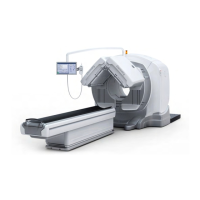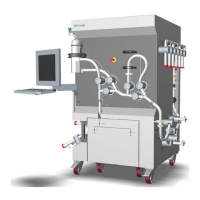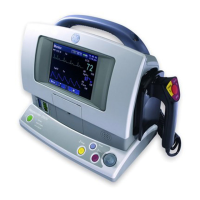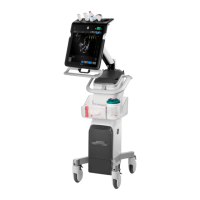Other techniques and recommended protocols may include a mode where the table does not
move but the X-rays are alternately turned on intermittently during the scan (such as Axial with a
specified time between passes). This method can be used to reduce the dose if the temporal
sampling rate remains adequate for the post processing software which requires a minimum
temporal sampling of 3.2 seconds.
The temporal sampling rate varies based on the scan type selected for the acquisition and can
affect the total dose for the acquisition. Table 2 lists the scan types that can be used for
acquisition of perfusion data.
Table 2: Perfusion data acquisition scan types
Scan Type Coverage Temporal Sampling Rate
(Time Between Passes)
Acquisition/Dose Considera‐
tions
Axial/Cine 40, 80, 120, 140, 160 mm adjustable Intermittent scanning lowers
dose
Cardiac Axial 40, 80, 120, 140, 160 mm adjustable Intermittent scanning lowers
dose
Communication of
Table 2 should be conveyed by the facility to the radiologist, qualified medical
physicist and radiologic technologist.
The exam duration for tumor perfusion, whether in the head or body, needs to extend over a
longer time interval than a general perfusion scan, starting prior to the arrival of the contrast
bolus and include a period of approximately 3 to 3.5 minutes to adequately support the
collection of data for the computation of permeability maps. Initially, the temporal sampling rate
must be the same as that used for stroke protocols in order to adequately measure the first
passage of contrast material through the region. Subsequently, sparser sampling can occur,
with temporal intervals ranging from 5 to 20 seconds. This reduces dose by decreasing the
number of exposures.
2.2.2.3 Scan parameter effects on dose
2.2.2.3.1 kV effects on dose
The effect on dose from changing kV is non-linear. Holding all other parameters constant,
changing from 80 kV to 120 kV will result in approximately a two- to four-fold increase in dose.
NOTICE
Attention: consult accompanying documents.
See the Revolution CT Technical Reference Manual for more details.
2.2.2.3.2 mA effects on dose
Changing the mA or mAs has a linear effect on dose. Holding all other parameters constant,
doubling the mA or mAs will double the dose.
NOTE:
The effects of kV and mA or mAs on dose are multiplicative. For example, a three-fold
increase in dose that occurs from increasing kV combined with a two-fold increase in
dose from doubling the mA will result in a six-fold increase in overall dose.
2.2.2.4 Considerations for peak skin dose
The highest radiation dose accruing acutely at a single site on a patient’s skin, referred to as the
“peak skin dose,” is an important parameter in assessing risk of erythema (skin reddening) and
Revolution CT User Manual
Direction 5480385-1EN, Revision 1
222 2 Scan Theory
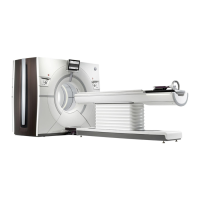
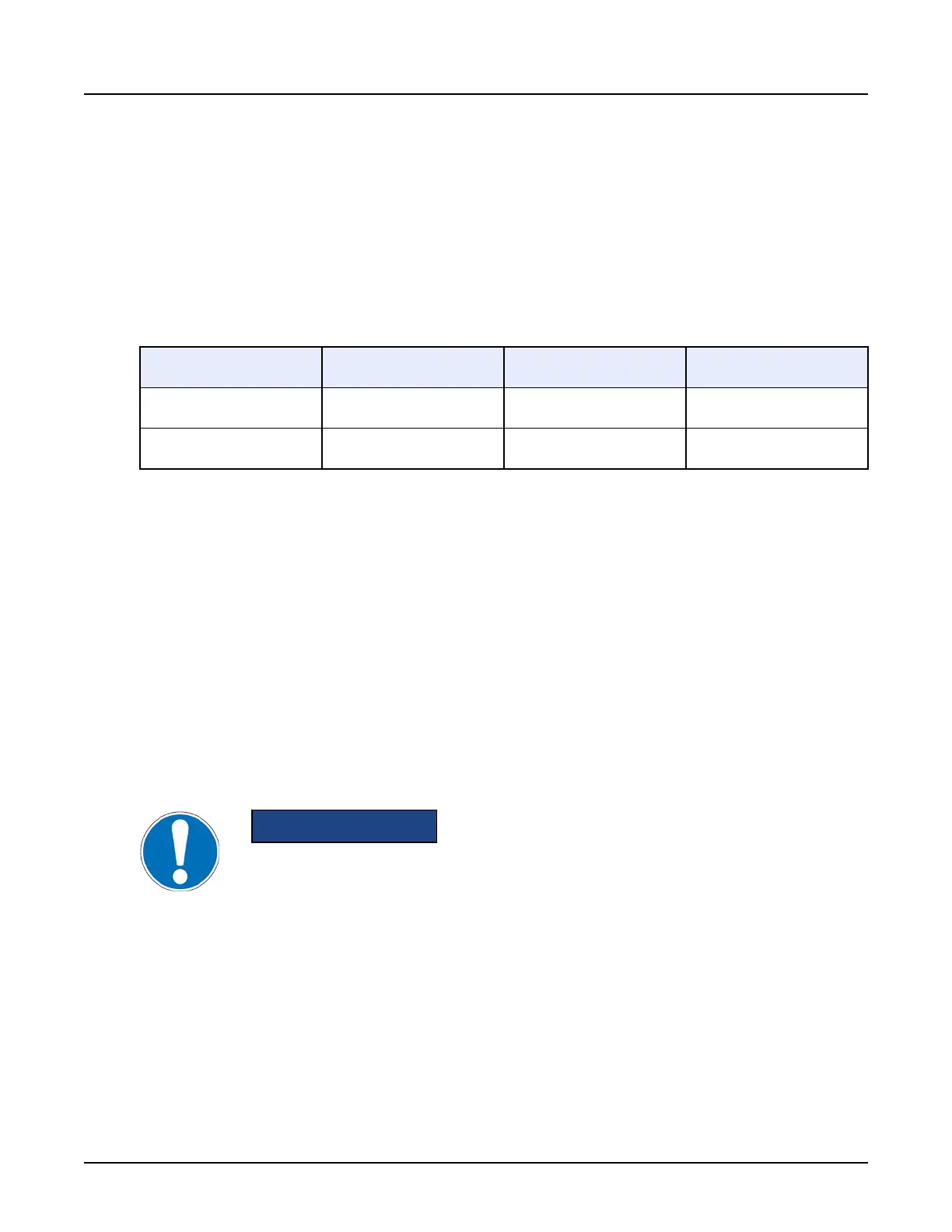